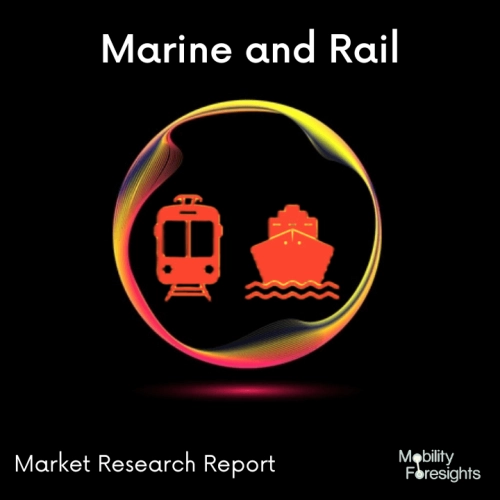
- Get in Touch with Us

Last Updated: Apr 25, 2025 | Study Period: 2024-2030
Moving like a locomotive into the digital future is railroad technology.
Computer engineers may create dynamic, three-dimensional models of railway infrastructure using big data technologies, cloud computing, georeferencing software, and learning algorithms, which can alter business processes and increase passenger safety.
To match train capacity with anticipated demand, the AI computer generates a new railway timetable.
On a daily basis, its algorithms would schedule trains, personnel, and maintenance tasks in the most effective way possible to reduce costs for the rail industry (and, consequently, consumers) while enhancing services for customers.

The Spain Railway AI Market accounted for $XX Billion in 2023 and is anticipated to reach $XX Billion by 2030, registering a CAGR of XX% from 2024 to 2030.
Renfe, a Spanish train operator, has started digitising the security systems at 483 Cercanas stations in order to automatically and anonymously collect data.
Nearly 200 stations should have the technology implemented soon.
More than 5,000 analogue security cameras will be replaced with IP cameras as part of the "Renfe Smart Security Station" (RS3) project, allowing the CCTV system's data to be shared in an integrated video analytics system.
The processed photographs are removed from the system in a "matter of milliseconds" once the artificial intelligence algorithms have analysed the videofeed, strictly adhering to data protection laws.
A self-learning artificial intelligence (AI)-based ventilation system has been installed by Spain's Metro de Madrid (Madrid Metro) to lower emissions and enhance air quality throughout metro stations.
The AI-based system was created and set up in partnership with Accenture, a large technology company. To establish the ideal levels, the system makes use of information on air temperature, station design, train frequency, passenger volume, and electricity prices.
| Sl no | Topic |
| 1 | Market Segmentation |
| 2 | Scope of the report |
| 3 | Abbreviations |
| 4 | Research Methodology |
| 5 | Executive Summary |
| 6 | Introduction |
| 7 | Insights from Industry stakeholders |
| 8 | Cost breakdown of Product by sub-components and average profit margin |
| 9 | Disruptive innovation in the Industry |
| 10 | Technology trends in the Industry |
| 11 | Consumer trends in the industry |
| 12 | Recent Production Milestones |
| 13 | Component Manufacturing in US, EU and China |
| 14 | COVID-19 impact on overall market |
| 15 | COVID-19 impact on Production of components |
| 16 | COVID-19 impact on Point of sale |
| 17 | Market Segmentation, Dynamics and Forecast by Geography, 2024-2030 |
| 18 | Market Segmentation, Dynamics and Forecast by Product Type, 2024-2030 |
| 19 | Market Segmentation, Dynamics and Forecast by Application, 2024-2030 |
| 20 | Market Segmentation, Dynamics and Forecast by End use, 2024-2030 |
| 21 | Product installation rate by OEM, 2023 |
| 22 | Incline/Decline in Average B-2-B selling price in past 5 years |
| 23 | Competition from substitute products |
| 24 | Gross margin and average profitability of suppliers |
| 25 | New product development in past 12 months |
| 26 | M&A in past 12 months |
| 27 | Growth strategy of leading players |
| 28 | Market share of vendors, 2023 |
| 29 | Company Profiles |
| 30 | Unmet needs and opportunity for new suppliers |
| 31 | Conclusion |
| 32 | Appendix |